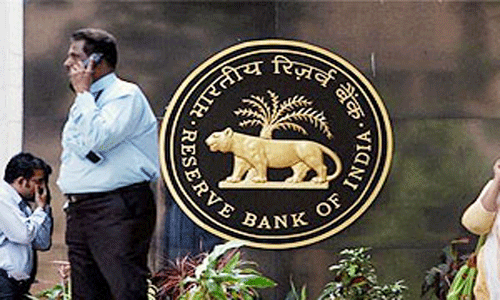
Bank loans to real estate drops sharply
Banking institutions have cut down on their lending to the real estate sector, according to a report put out on Wednesday by real estate consulting firm Knight Frank India.

Banking institutions have cut down on their lending to the real estate sector, according to a report put out on Wednesday by real estate consulting firm Knight Frank India.
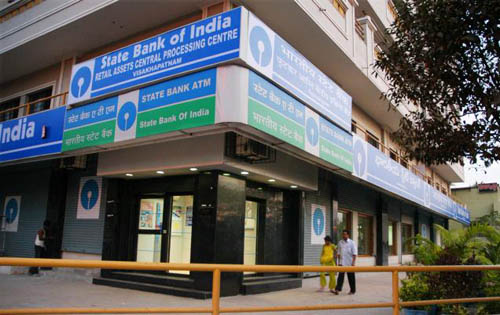
The State Bank of India has finally put an end to its most innovative and wildly successful home loan scheme from May due to concerns raised by and under pressure from the Reserve Bank of India.
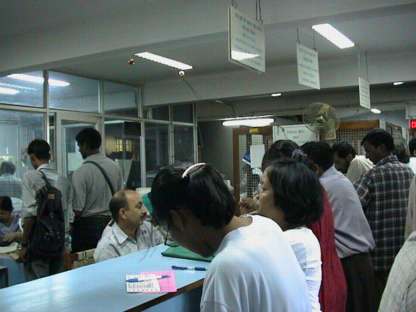
The Indian banks have been hit the worst with the downturn of the real estate sector. Even after restructuring the loans to the developers, they have a collective deficit of Rs. 7 lakh crore. With spiraling input costs & property prices, demand in the real estate sector has been on a steady downfall. Given the declining demand, it is is unlikely that the real estate companies will be able to repay their bank loans, especially since banks are the only source of funds for the sector.

This week has been a good one for investors in real estate shares, who had seen their investments lose 30%-55% in value over the past six months in the wake of a number of corruption allegations involving the sector.
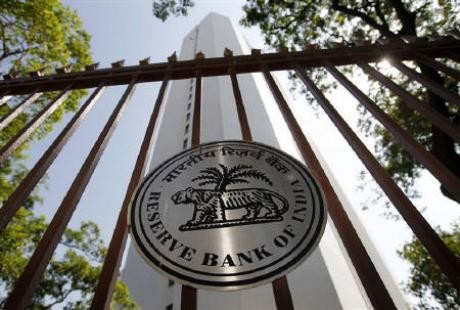
Concerned over excessive flow of banking funds to the real estate sector, the Reserve Bank of India (RBI) has said lenders will provide loans only up to 80 per cent of the cost of property. Following the RBI directive, a home buyer will necessarily have to arrange at least 20 per cent of the property value on his own before seeking loan from a bank.

The stock market in general and banks, realty stocks & shares of infrastructure finance companies in particular reacted sharply to the draft proposal of the Reserve Bank of India (RBI) that suggested tighter project financing norms of banks to project financing. The Indian real estate projects already weathering headwinds to attract project finance immediately swung into cost & benefit analysis. Though most of the leading developers were cautious in giving critical reactions, privately they all maintained that the RBI should have rather looked into the funding gap of the viable under construction real estate projects with cash receivables in the pipeline. A Track2Realty analysis.

Credit Worthiness is defined by individual’s Credit Score which is calculated based on her/his credit history. Credit history is basically how much debt an individual owes or had in the past; how was the payment schedule – regular, timely, late, etc; how often does one borrow; is person a loan guarantor in any transaction; and so on so forth. All these indicate at borrower’s current financial health and repayment capability.

Track2Realty: Despite the significant residential unit inventory and fresh housing supply, most of the urban housing projects across major Indian cities are unaffordable for our economically weaker sections (EWS). This is primarily because developers are by-and-large focused on launching luxury, high-end and mid-end housing projects that are considered ‘safe’ from the perspective of risks and returns in the capital market.
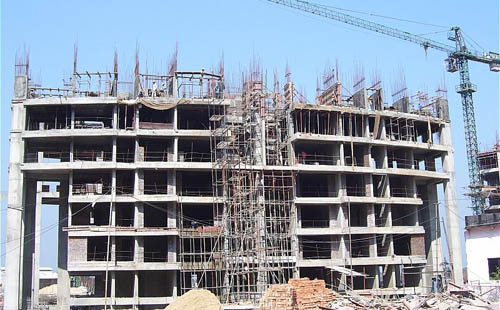
Track2Realty: Although the Interim Budget announcement supporting affordable housing was welcomed by the real estate industry, the segment has a long way ahead as yet. To begin with, there is considerable supply shortage in this arena—pegged at 18.78 million for the 12th Five Year Plan (2012–2017) by the Ministry of Housing and Urban Poverty Alleviation Ministry (HUPA), of which 96% is in the EWS and LIG categories. Housing shortage for the EWS stands at almost 11 million homes, while that for LIG stands at 7.41 million homes.

Track2Realty Exclusive: Vidya Basarkod, President, Sales and Marketing, Jaypee Greens believes though the Indian economy has gone through turbulent phase of slowdown, demand for housing has kept the momentum for residential real estate. In an exclusive interview with Track2Realty she asserts though liquidity has been a concern for both the buyers as well as developers, there are more pressing issues hampering the growth of the sector, like delays in approvals, infrastructure bottlenecks and skilled manpower.
